Skin in the game: Alexandra Bircken on fashion, club culture and the fragility of flesh
We profile German artist and former fashion designer Alexandra Bircken, whose complex work explores the human body as a ‘moving sculpture’ – woven with unruly desires, pleasures and violence
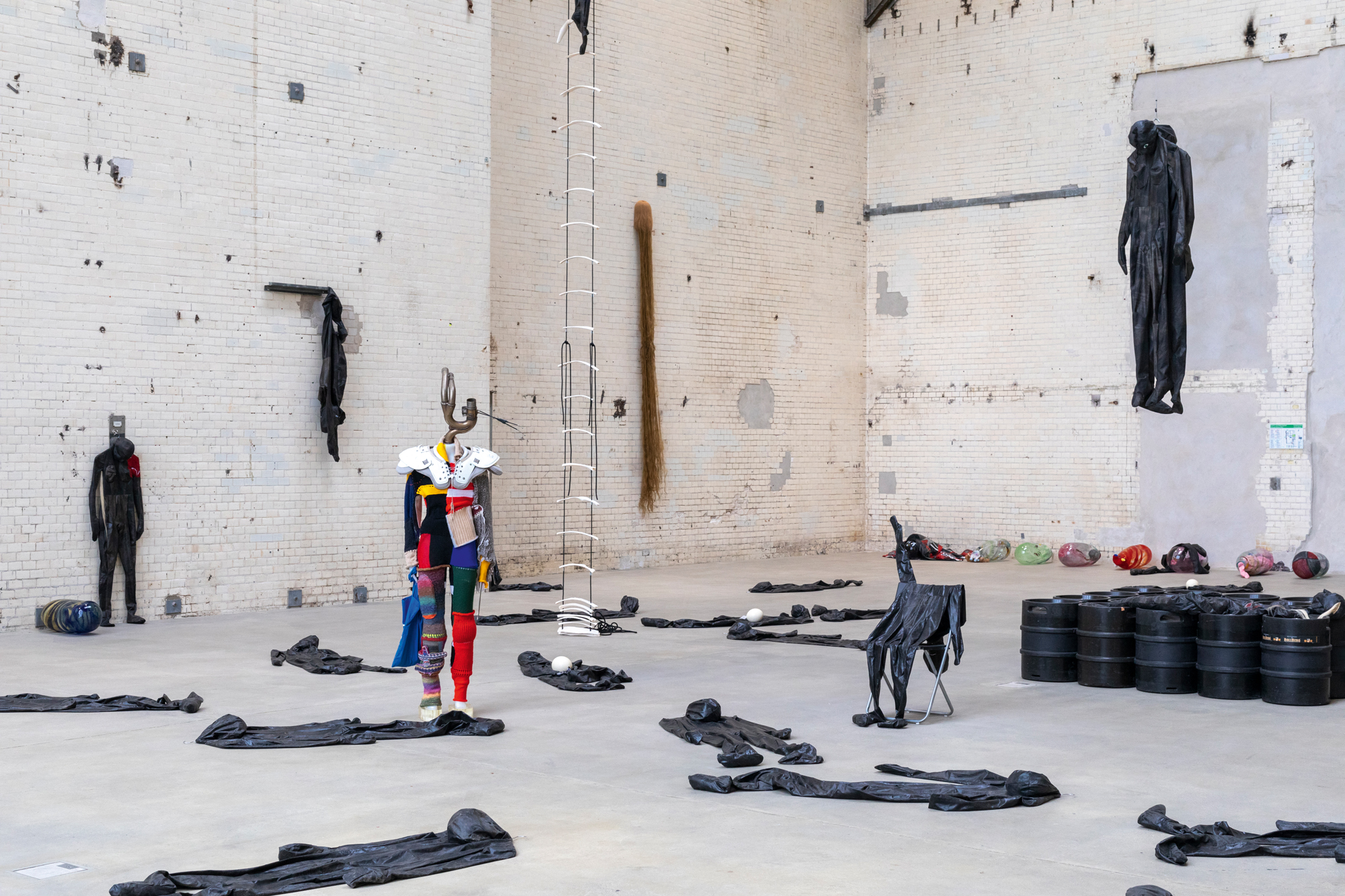
Alexandra Bircken often compares her work to skin. For her, it’s a membrane between internal and external; it’s what protects us, what makes us permeable and what functions as the canvas we dress and exhibit to the world. It seems logical, then, that the German artist began a career working with the second skin of humanity: fashion.
In the early 1990s, Bircken left Remscheid, her hometown near Cologne, for the UK, with her lifelong friends Wolfgang Tillmans and Lutz Huelle (she and Huelle will stage a joint show at Paris’ Fondation Pernod Ricard in November).
At Central Saint Martins, which counts Alexander McQueen, Stella McCartney and John Galliano as alumni, she studied fashion design. ‘I had been reading i-D and The Face, and [London] is where I wanted to be. The underground fashion and eccentricity didn’t exist – and still doesn’t exist – in Germany, so there was no choice,’ she explains via Zoom from her Berlin home. ‘I followed what I wanted to do, which was to play around with individuality.’
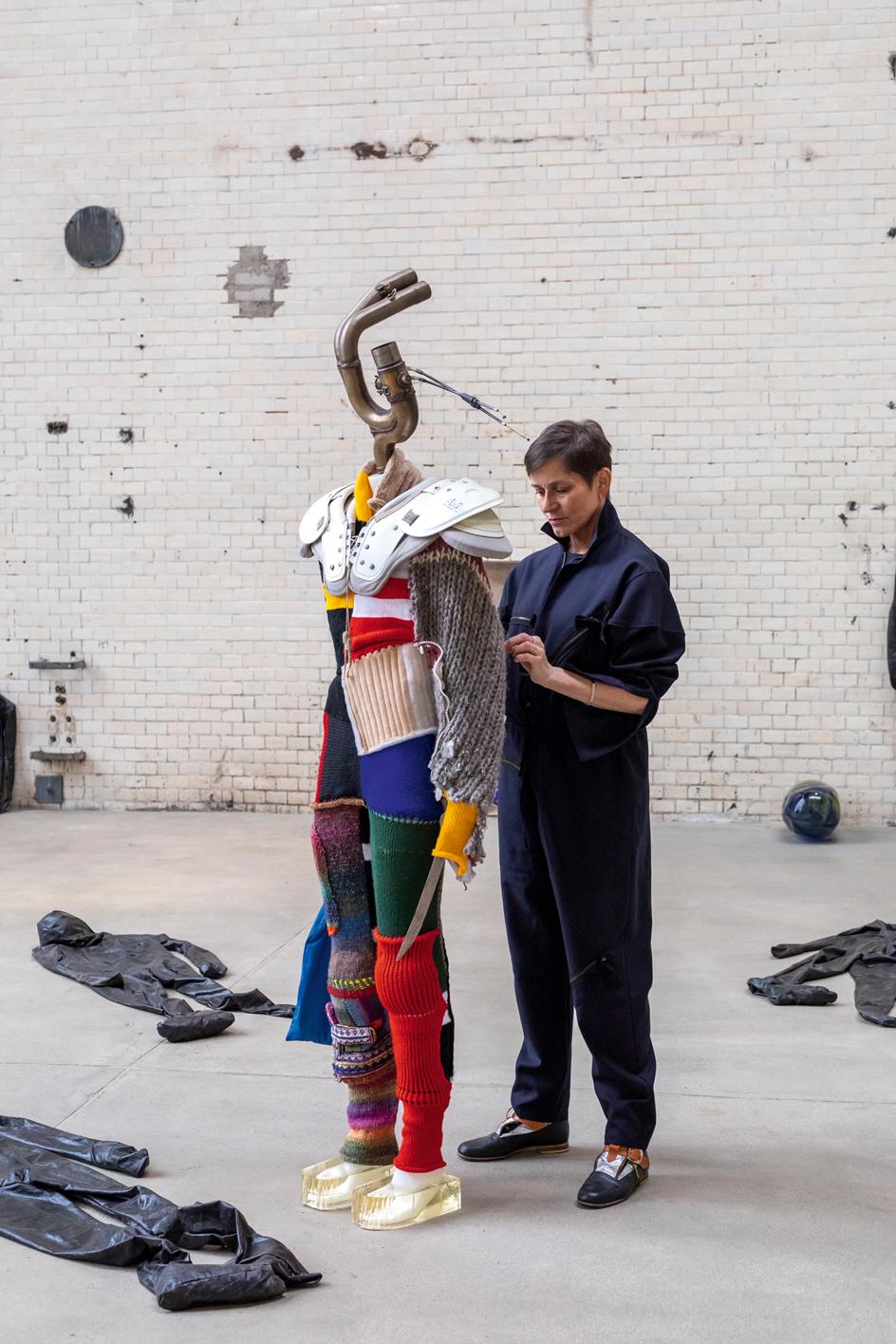
Alexandra Bircken with The Tourist, the central figure of her ‘Fair Game’ show at Kindl, Berlin. Sporting a motorcycle exhaust for a head, and carrying a sabre, she is clad in colourful attire, with epoxy resin clogs giving an illusion of levitation.
And nowhere was individuality as extreme and extravagant as it was in London in the 1980s and 1990s. In its hedonistic, polysexual and ephemeral underworld, fashion school craft collided with high-concept art; each night was an opportunity for an act of personal theatre. These were decades drenched in the brazen sexuality of Madonna, the fetish gear of Vivienne Westwood and the transgressive energy of Leigh Bowery – performer, artist, ringmaster for London’s underground club scene. The last made a huge impact on Bircken. ‘Every week you would sew something new for the weekend, for the club. It wasn’t meant to last; wearability wasn’t a big thing. This is what Saint Martins taught us: if you can’t find what you want, you make it yourself,’ says the artist, who would later lecture on the college’s MA Fashion Design course, and is now a professor of sculpture at Munich’s Academy of Fine Arts.
After graduating in 1995, Bircken co-founded the label 'Faridi', but a career in the fashion world didn’t quite scratch the itch. ‘When you work in the [fashion] market you have to meet the market. You have to make people look “beautiful”, which is why I didn’t like fashion and the system. Nobody wears anything ugly or extreme, everybody wants to look thin and sexy, the typical female stereotype, and I got really fed up.’
The solution was a gradual shift to art, one that retained sartorial sensibilities and skills, but saw the body as a ‘moving sculpture’. It involved a deep exploration of materialism, man versus machine, and man as machine.
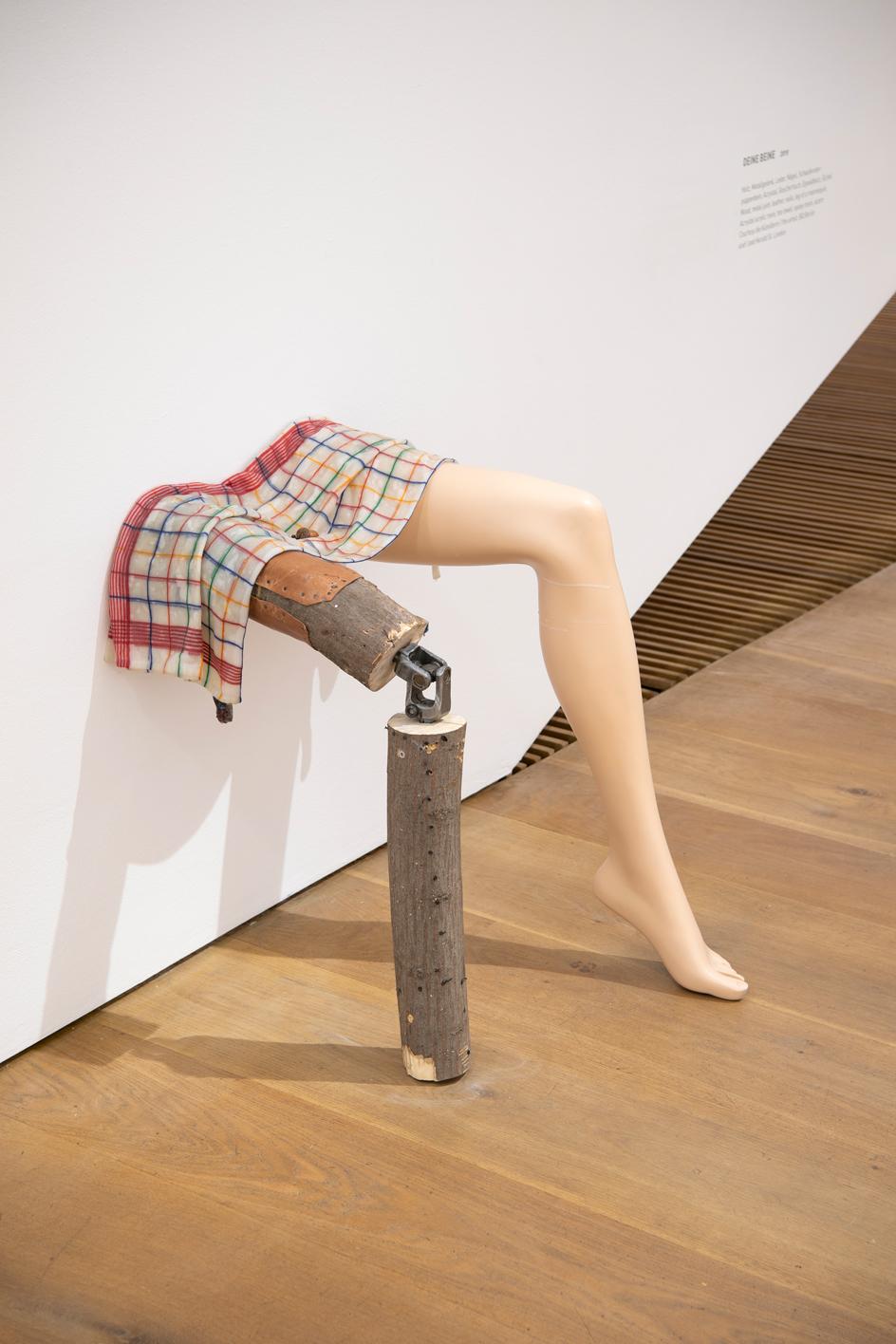
Installation view of ’Alexandra Bircken: A–Z’, 28 July 2021 – 16 January 2022 at Museum Brandhorst © Alexandra Bircken. Bavarian State Painting Collections, Museum Brandhorst, Munich
Bircken’s show, ‘A-Z’, which opened in 2021 at Munich’s Museum Brandhorst, and will move to southern France’s CRAC (Centre Régional d’Art Contemporain Occitanie) in March 2022, is her largest to date. The thematic show begins in 2003 with explorations into literal and symbolic ‘knotting’: from experimental early textile works and sculptures in leather, to her own placenta, preserved in Kaiserling solution. ‘A-Z’ culminates in a subtle, but significant site-specific intervention, one that reconfigures the skeleton of the Brandhorst building: wooden grilles on heating vents have been replaced by bones (cow ribs and chicken legs). ‘I had this feeling that wherever you go in the world, you walk on other people’s bones. It’s the overlaying of history,’ she says.
Another significant and frequent subject in Bircken’s work is the motorcycle and its related gear as an ultra-protective skin. She still rides, but not as much as she did. Her fascination lies in how these machines – unlike cars and bicycles – complement the shape of the body in an intimate, almost carnal union. ‘The whole body is involved. It’s very dangerous; you have to become one with it in order to survive', she says. ‘But a lot of people don’t see the gracefulness of motorcycles’.
Receive our daily digest of inspiration, escapism and design stories from around the world direct to your inbox.
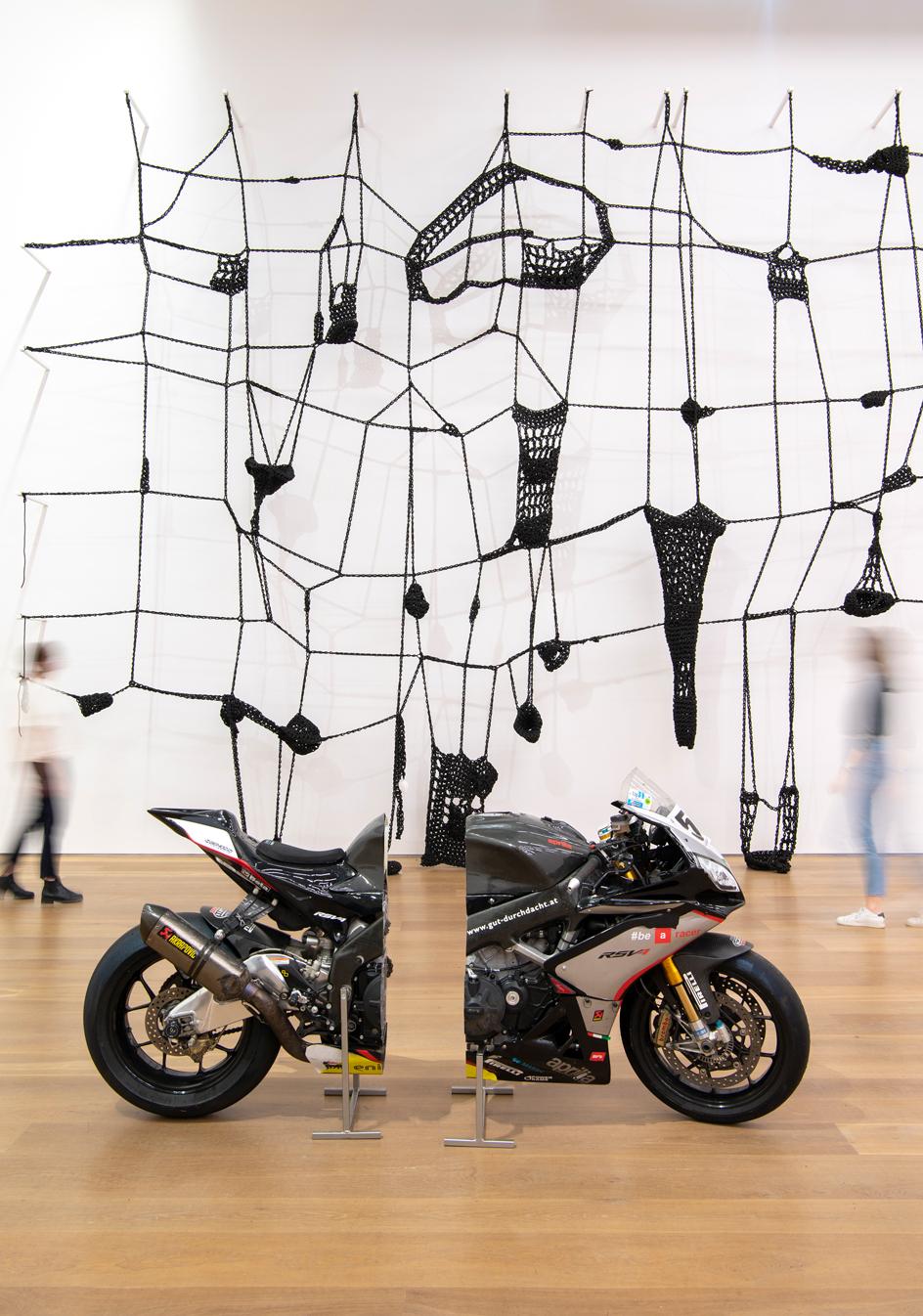
Installation view of ’Alexandra Bircken: A–Z’, 28 July 2021 – 16 January 2022 at Museum Brandhorst © Alexandra Bircken. Bavarian State Painting Collections, Museum Brandhorst, Munich
In her work, burly motorbikes are rendered defunct. They are severed to reveal their bowel-like innards, turned upside-down, or infantilised as a rocking horse; their conventionally masculine heft exposed as a myth. The motorcycle is one of many examples of Bircken’s deft manipulation of readymade objects, whether machine-made, manmade, or animal-made – all underpinned by a deep affinity for the human condition, in all its unruly variety.
Bircken’s work doesn't directly comment on the state of the world. It is not necessarily of this world. But it does highlight the fragility of flesh against the threats of an increasingly unstable, mechanised culture, asking: can bodies still hold themselves?
Bircken describes her other current show, ‘Fair Game’ in Berlin, as a comment on the pandemic’s effect on club culture, and a ‘free interpretation’ of Samuel Beckett’s The Lost Ones (1971). In the Irish writer’s short story, 200 naked bodies – one per square metre – are contained in a cylinder called the ‘abode’. The lighting and temperature fluctuate drastically, resulting in blindness, skin problems and a climate hostile to sex. The floor and walls are made of rubber, deadening all sound. There are ladders and niches in the walls – some ‘lost ones’ climb ladders to nowhere, others, vanquished, remain on the floor. Beckett’s tale is a version of hell; Bircken’s nightmare doesn't look far off – but in ‘Fair Game’, there’s more at play.

'Fair Game' at Kindl, Berlin features gimp suit-like bodies, made from black latex-painted calico and embroidered with body parts
The work is installed in the Kesselhaus (boiler room) of Kindl, previously a brewery, later a nightclub, and now a stage for contemporary arts. The space is cubic and vast: a cathedral of exposed brickwork with a glass roof. Were it not for Bircken’s bodies strewn across the floor, this might be a space of sanctity. But there is nothing sacred here. Rubber figures dangle from rafters, some hang by their necks, others scale the walls. They climb ladders made of cow ribs, stoop on niches, or lie lifeless on the floor. They are limp, faceless, deflated and void. But devoid of what? Bones, blood, stuffing, air?
Bircken first introduced these gimp-suited bodies, made from black latex-dipped calico, in ‘Eskalation’ at The Hepworth Wakefield in 2014 (where she contended with David Chipperfield’s famously irregular angles) and again in the curated group show ‘May You Live In Interesting Times’ at the 58th Venice Biennale in 2019.
Her scene is the aftermath of something violent. Perhaps it began in fetishistic pleasure and took a sour turn, or was a social experiment that turned into a massacre. But it could just as well be a factory, a production line of clothes: unworn, inanimate and cold.
There are notable modifications for Bircken’s Kindl show. She has embroidered body parts onto the suits: spines, hearts, eyes, ovaries, long blond pubic hair, genitals. ‘It’s a link back to the reality of the human body, and what’s under the skin,’ she says. There are real ostrich eggs placed where wombs might have been; they rupture with oily rags similar to those used to clean motorcycles; possibly a symbol of birth, or, as Bircken notes, a reference to a molotov cocktail.
This time, the suits come with genitals. During our call, she picks up a pen and paper, draws a phallus and holds it up to the camera. ‘You pull it out and you have a penis, or you stick it in and you have a vagina’. This toying with genitalial forms felt like a logical development for Bircken, but she is keen to keep things non-descriptive: ‘There are no testicles, no labia, it’s very simple,’ she explains.
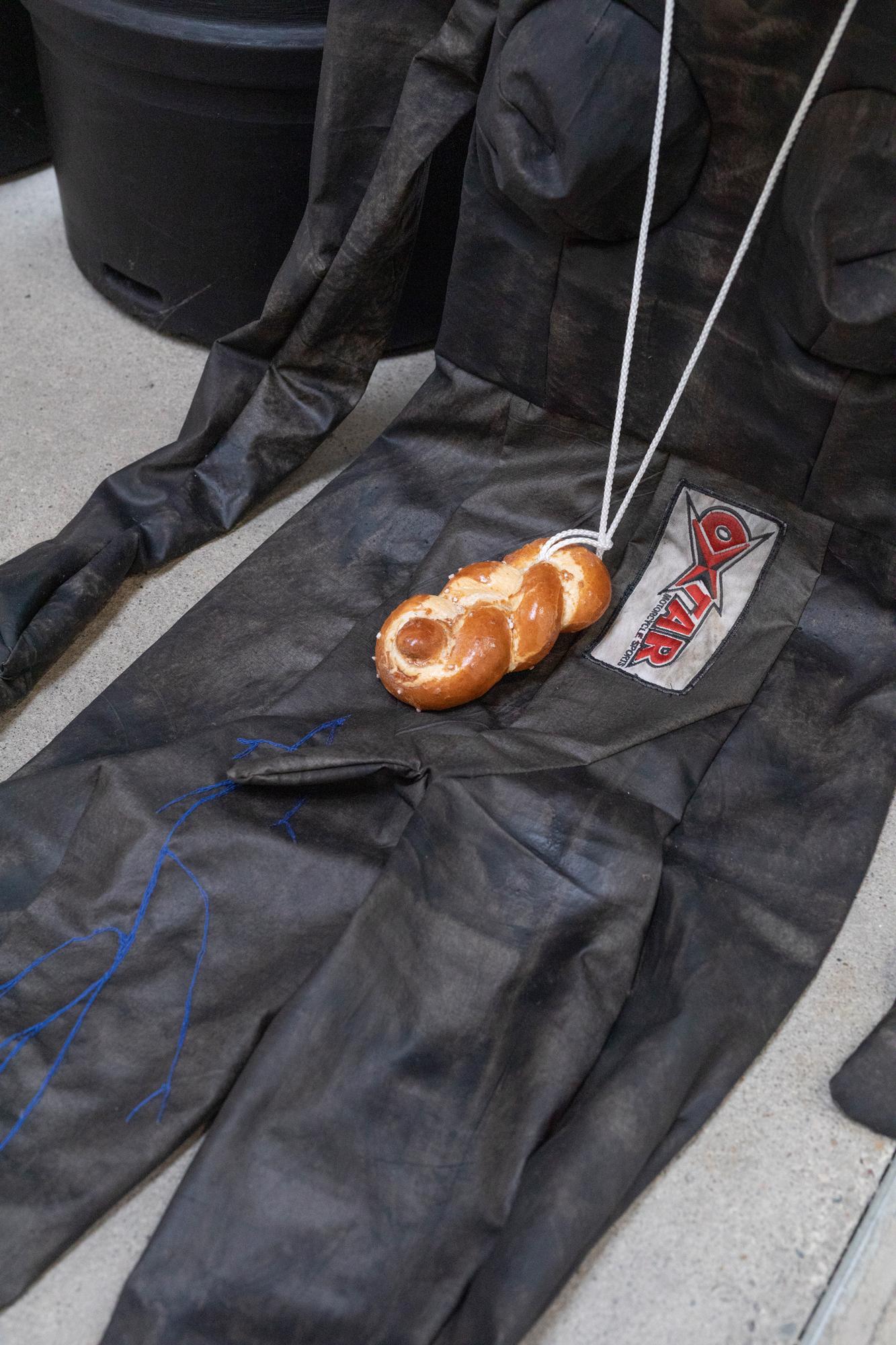
Although Bircken has used gimp-suited figures in her previous works, here she has embroidered on body parts, as well as placing bread and ostrich eggs where wombs might have been
There is one exception in this sea of tar-coloured flesh: The Tourist, a figure who presides over the battleground. She is clad in American football-esque shoulder pads, bold, block-coloured attire with a motorcycle exhaust for a head and epoxy resin clogs on her feet, giving an illusion of levitation. But is she a perpetrator or saviour? Has she slaughtered them all, or arrived too late to help?
Elsewhere, coloured glass incubators resembling alien eggs contain a variety of stuffed objects. In the centre of the space, another black rubber body is draped over beer barrels, which are interspersed with loudspeakers. They emit a soundtrack composed by Bircken’s partner, the musician Thomas Brinkmann. ‘It’s clubby, but then it’s also breathing or a heartbeat. It’s a relentless boom boom boom,’ she says. This sound – pulsating around objects which may have once had a pulse – references the building’s history, and cuts through the deathly silence of this pitiful scene.
Is this a fair game, as the artwork title suggests? Is it a game at all? Is it game as prey, or, in a culture of ever-intensifying anger and accusation, people as fair game for criticism? However you read it, Bircken has created an ambiguous, impenetrable scene. All we have is speculation.
Bircken’s work has the intricacies of a vascular system – a tapestry woven with all that makes us complexly and beautifully human: our tangled, changeable and unattainable desires. We are deeply corporeal, but ultimately machines. In celebrating craft, and obliterating material hierarchies she weaves disciplines together like threads on a loom. In an overwhelming world, Bircken gets under the skin.
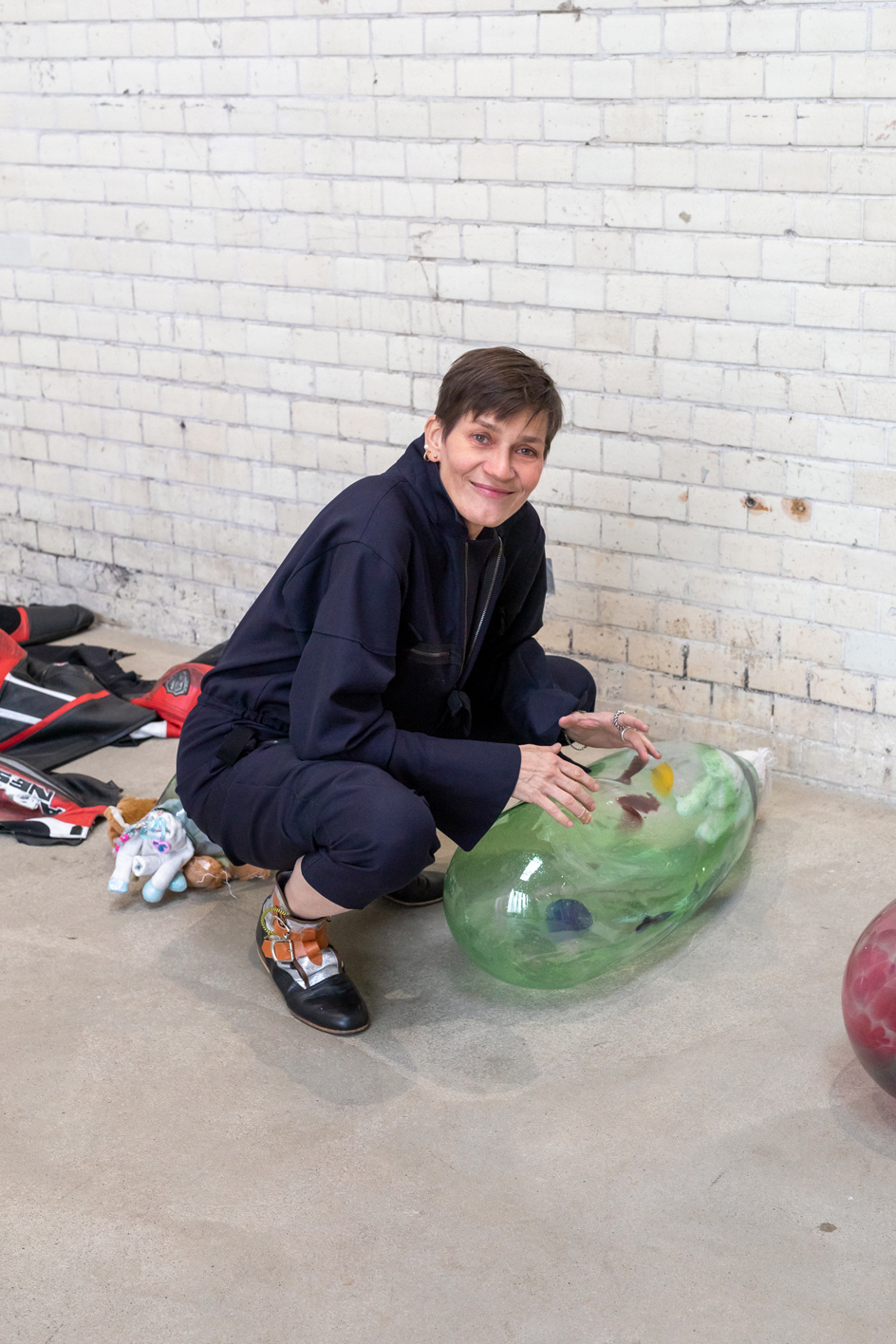
Bircken pictured with her installation 'Fair Game' at Kindl Berlin, which includes coloured glass incubators resembling alien eggs containing a variety of stuffed objects

Installation view of ’Alexandra Bircken: A–Z’, 28 July 2021-16 January 2022 at Museum Brandhorst © Alexandra Bircken. Bavarian State Painting Collections, Museum Brandhorst, Munich

Installation view of ’Alexandra Bircken: A–Z’, which features a 2017 untitled sculpture of the artist’s own placenta preserved in Kaiserling solution (pictured left) © Alexandra Bircken. Bavarian State Painting Collections, Museum Brandhorst, Munich
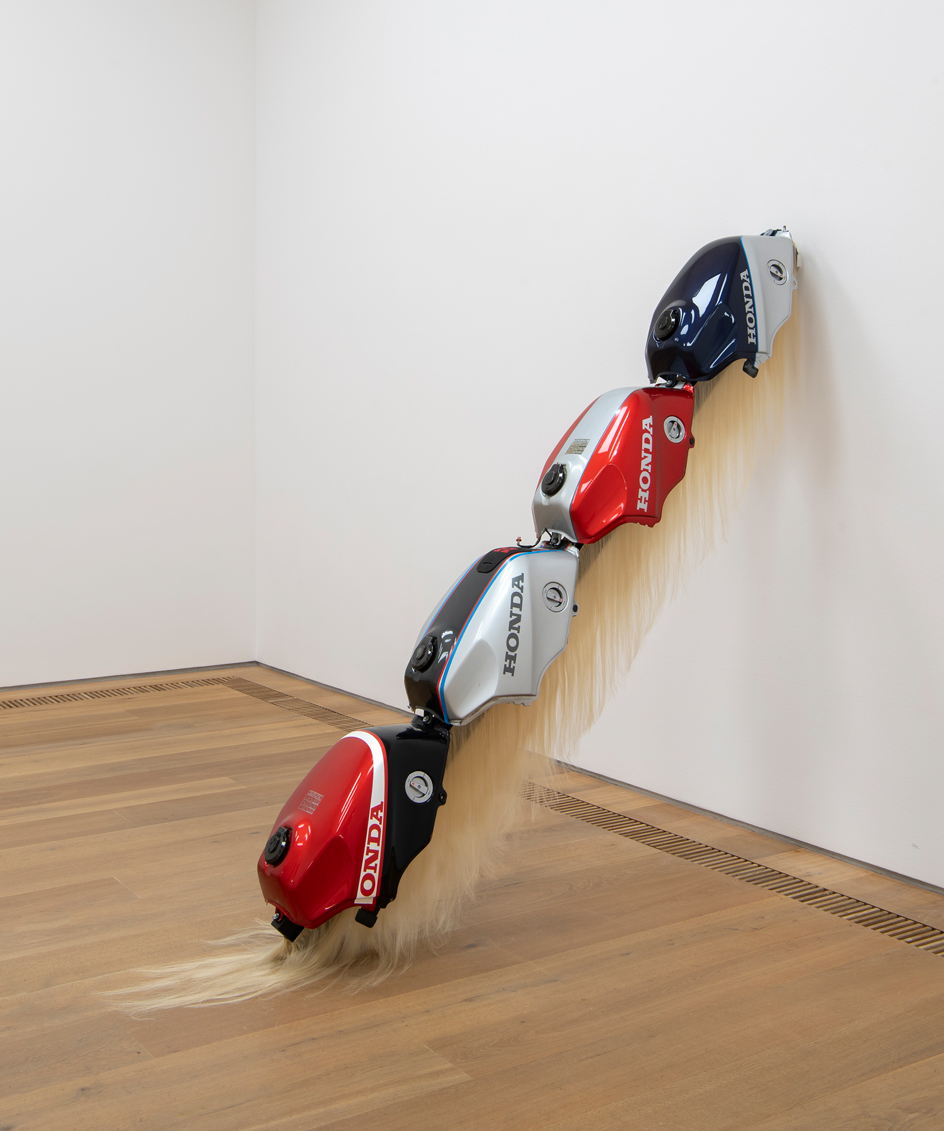
Installation view of ’Alexandra Bircken: A–Z’, 28 July 2021-16 January 2022 at Museum Brandhorst © Alexandra Bircken. Bavarian State Painting Collections, Museum Brandhorst, Munich
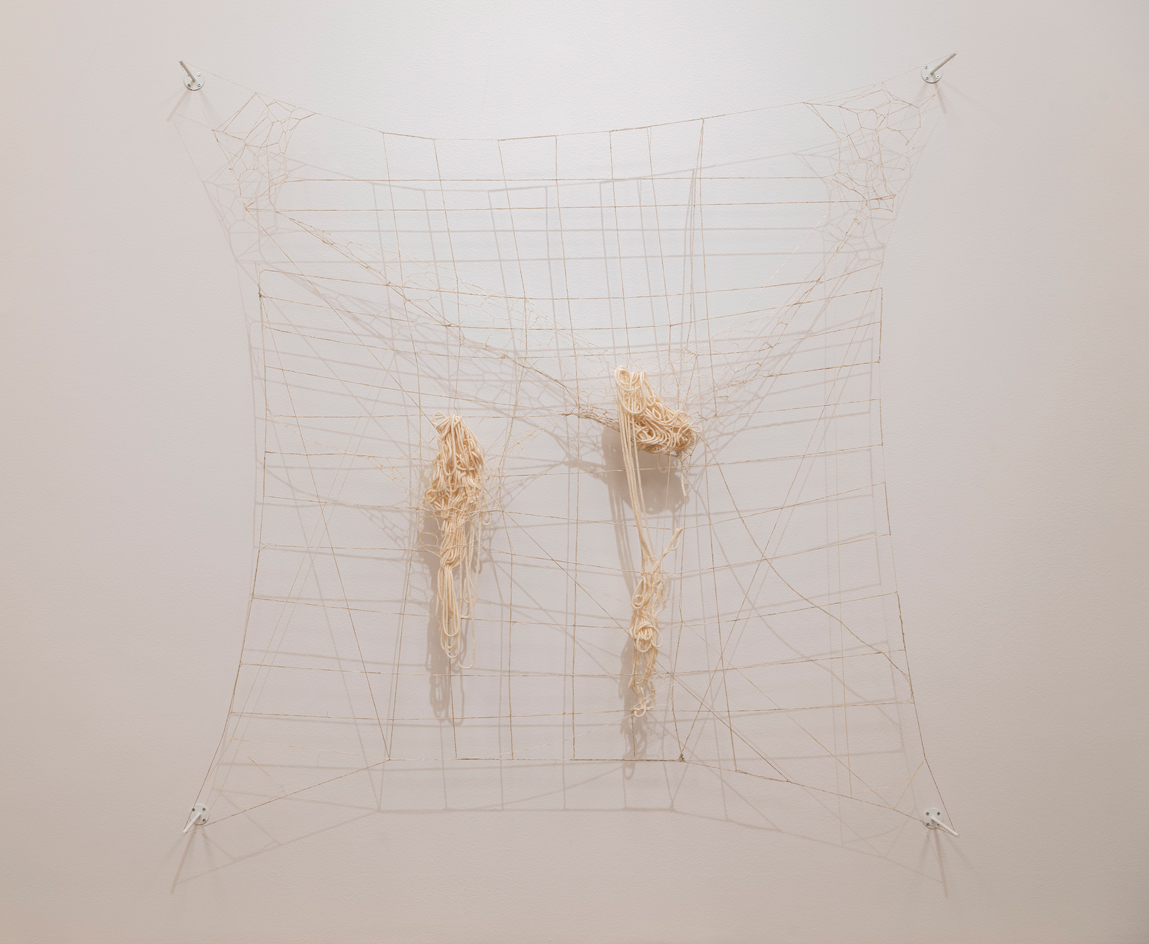
Installation view of ’Alexandra Bircken: A–Z’, 28 July 2021-16 January 2022 at Museum Brandhorst © Alexandra Bircken. Bavarian State Painting Collections, Museum Brandhorst, Munich

Installation view of ’Alexandra Bircken: A–Z’. In a site-specific intervention, Bircken replaced wooden grilles on heating vents with bones (cow ribs and chicken legs).© Alexandra Bircken. Bavarian State Painting Collections, Museum Brandhorst, Munich
INFORMATION
Alexandra Bircken, ‘Fair Game’ is on until 15 May 2022 at Kindl, Berlin. kindl-berlin.com
A version of this article is featured in the March 2022 issue of Wallpaper*, on newsstands now and available to subscribers
Harriet Lloyd-Smith was the Arts Editor of Wallpaper*, responsible for the art pages across digital and print, including profiles, exhibition reviews, and contemporary art collaborations. She started at Wallpaper* in 2017 and has written for leading contemporary art publications, auction houses and arts charities, and lectured on review writing and art journalism. When she’s not writing about art, she’s making her own.
-
 Dive into Buccellati's rich artistic heritage in Shanghai
Dive into Buccellati's rich artistic heritage in Shanghai'The Prince of Goldsmiths: Buccellati Rediscovering the Classics' exhibition takes visitors on an immersive journey through a fascinating history
-
 Love jewellery? Now you can book a holiday to source rare gemstones
Love jewellery? Now you can book a holiday to source rare gemstonesHardy & Diamond, Gemstone Journeys debuts in Sri Lanka in April 2026, granting travellers access to the island’s artisanal gemstone mines, as well as the opportunity to source their perfect stone
-
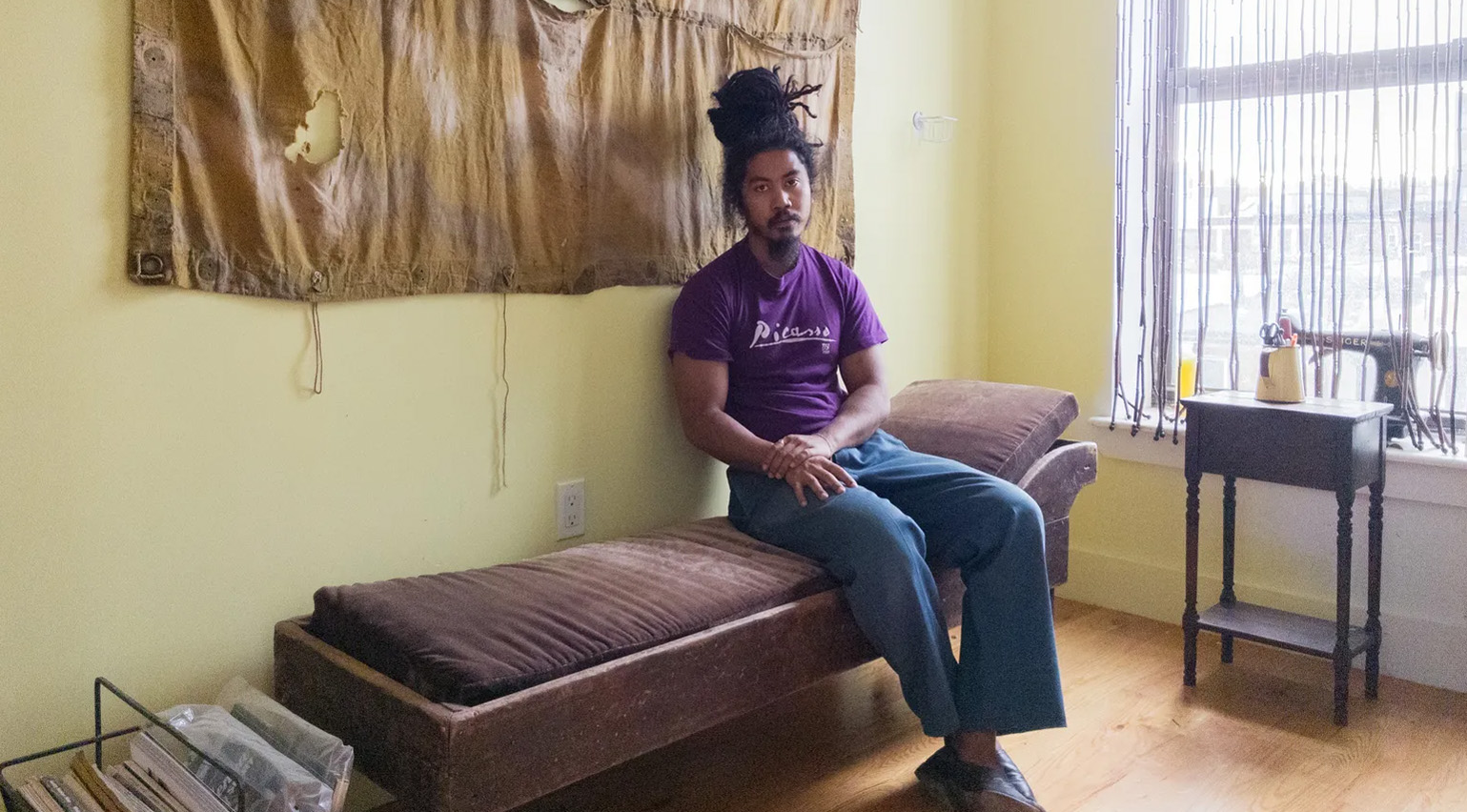 The rising style stars of 2026: Connor McKnight is creating a wardrobe of quiet beauty
The rising style stars of 2026: Connor McKnight is creating a wardrobe of quiet beautyAs part of the January 2026 Next Generation issue of Wallpaper*, we meet fashion’s next generation. Terming his aesthetic the ‘Black mundane’, Brooklyn-based designer Connor McKnight is elevating the everyday
-
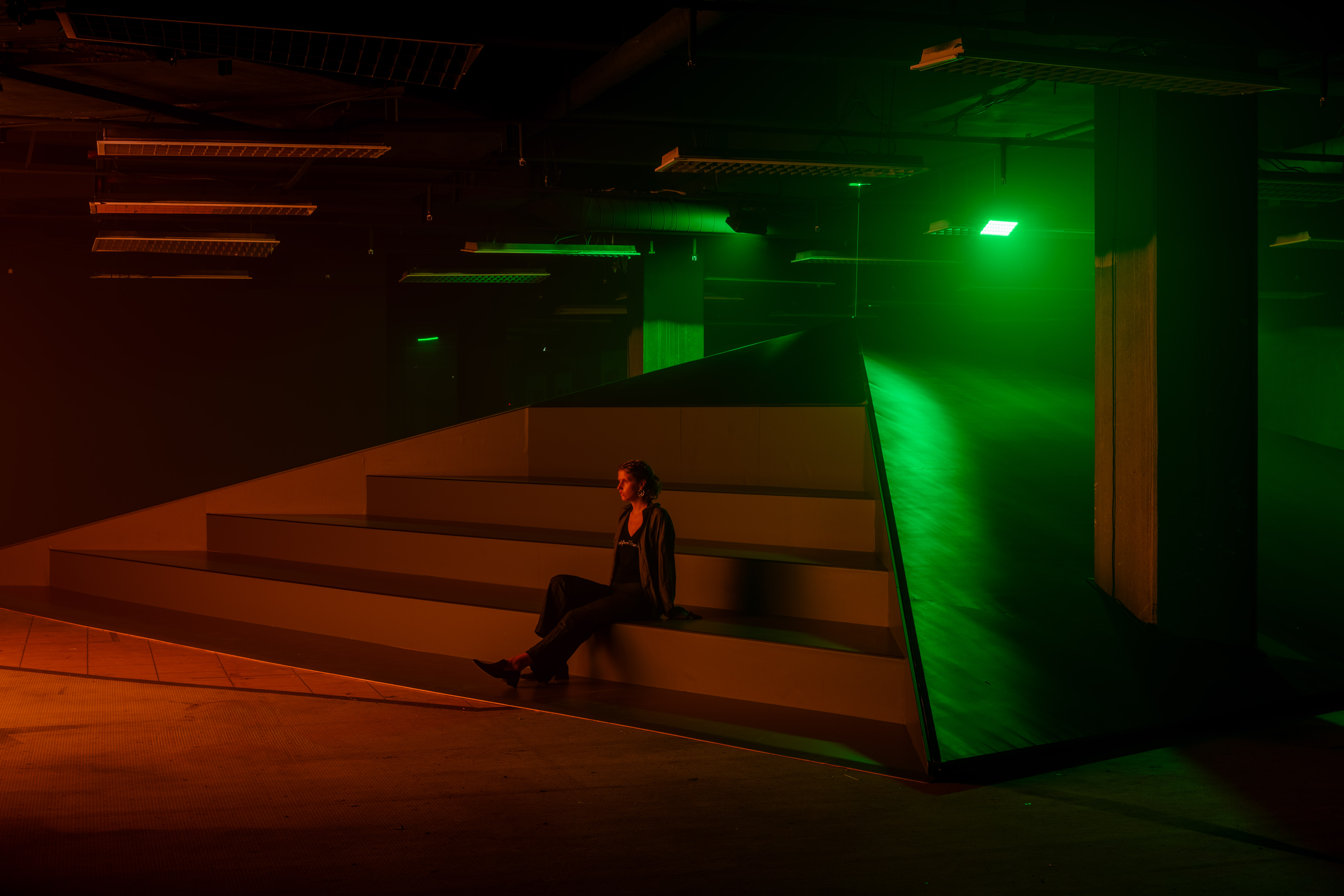 'There is no way light and darkness are not in exchange with each other': step inside Christelle Oyiri’s sonic world in Berlin
'There is no way light and darkness are not in exchange with each other': step inside Christelle Oyiri’s sonic world in BerlinIn an explosion of light and sound, Christelle Oyiri explores celebrity, mythology and religion inside CANK, a former brutalist shopping centre in Berlin’s Neukölln
-
 What's the story with Henni Alftan’s enigmatic, mysterious paintings? The artist isn’t saying
What's the story with Henni Alftan’s enigmatic, mysterious paintings? The artist isn’t sayingParis-based artist Henni Alftan's familiar yet uncanny works are gloriously restrained. On the eve of a Sprüth Magers exhibition in Berlin, she tells us why
-
 Rolf Sachs’ largest exhibition to date, ‘Be-rühren’, is a playful study of touch
Rolf Sachs’ largest exhibition to date, ‘Be-rühren’, is a playful study of touchA collection of over 150 of Rolf Sachs’ works speaks to his preoccupation with transforming everyday objects to create art that is sensory – both emotionally and physically
-
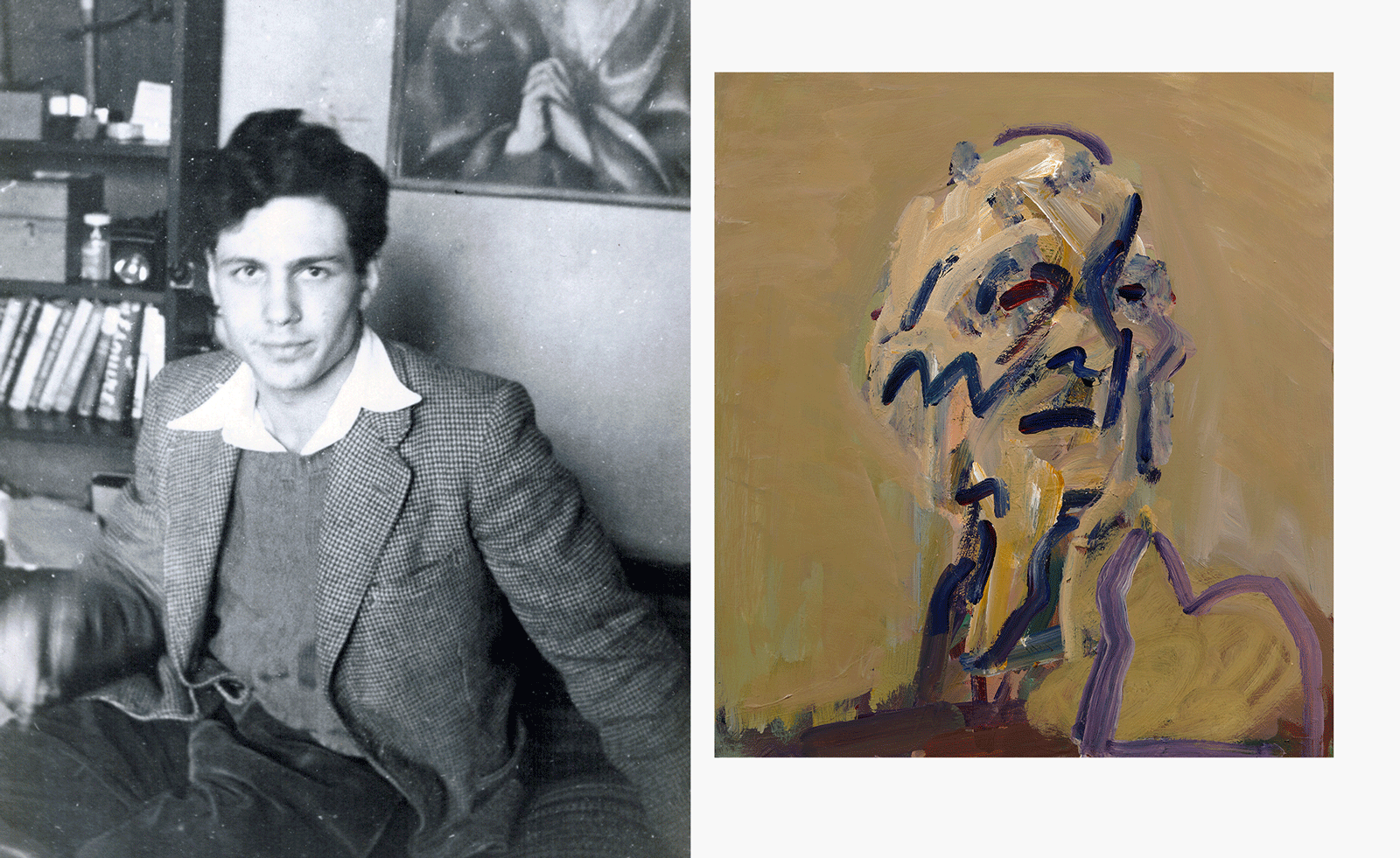 A posthumous exhibition in Frank Auerbach's home city of Berlin celebrates the work of the figurative painter
A posthumous exhibition in Frank Auerbach's home city of Berlin celebrates the work of the figurative painter‘Frank Auerbach’, on until 28 June at Galerie Michael Werner, Berlin, marks the first time the artist's work is shown in the city where he was born
-
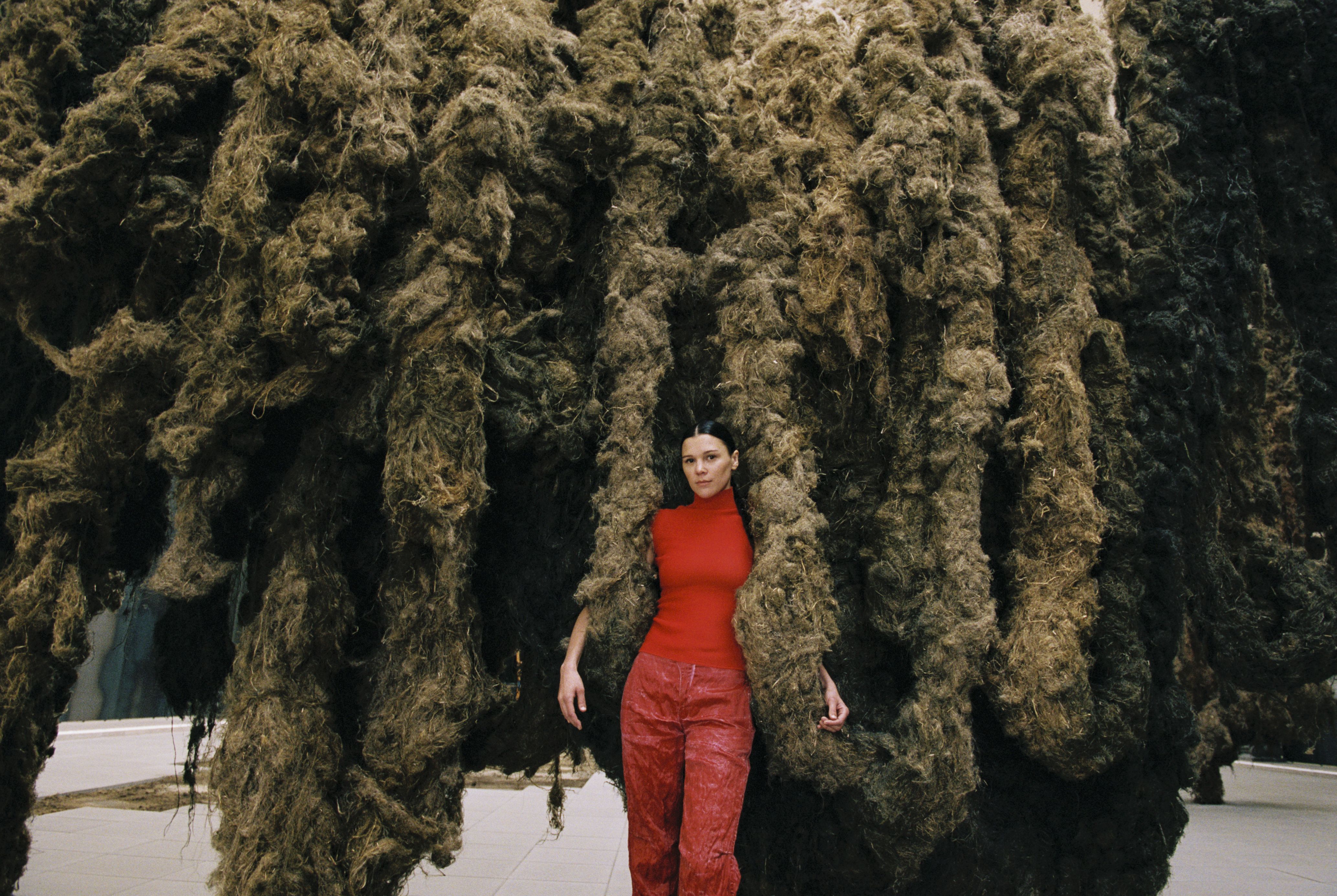 Klára Hosnedlová transforms the Hamburger Bahnhof museum in Berlin into a bizarre and sublime new world
Klára Hosnedlová transforms the Hamburger Bahnhof museum in Berlin into a bizarre and sublime new worldThe artist's installation, 'embrace', is the first Chanel commission at Hamburger Bahnhof
-
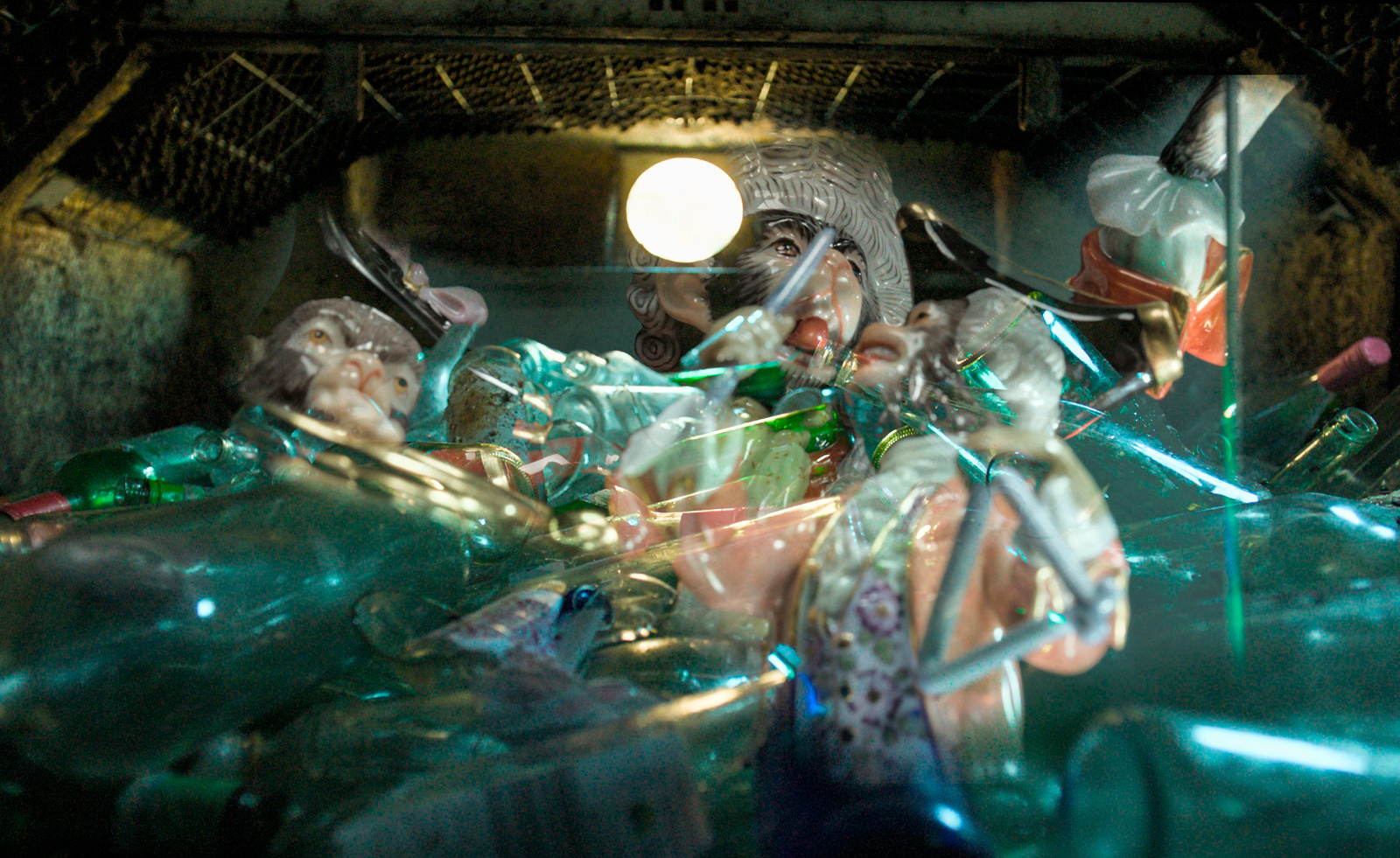 Thrilling, demanding, grotesque and theatrical: what to see at Berlin Gallery Weekend
Thrilling, demanding, grotesque and theatrical: what to see at Berlin Gallery WeekendBerlin Gallery Weekend is back for 2025, and with over 50 galleries taking part, there's lots to see
-
 Take a rare chance to see the astonishing Ringier Collection of artworks in Düsseldorf
Take a rare chance to see the astonishing Ringier Collection of artworks in DüsseldorfFrom Barbara Kruger to Sylvie Fleury: publishing mogul Michael Ringier opens his private art collection to the public, sharing 500 works, and tells us what makes great art
-
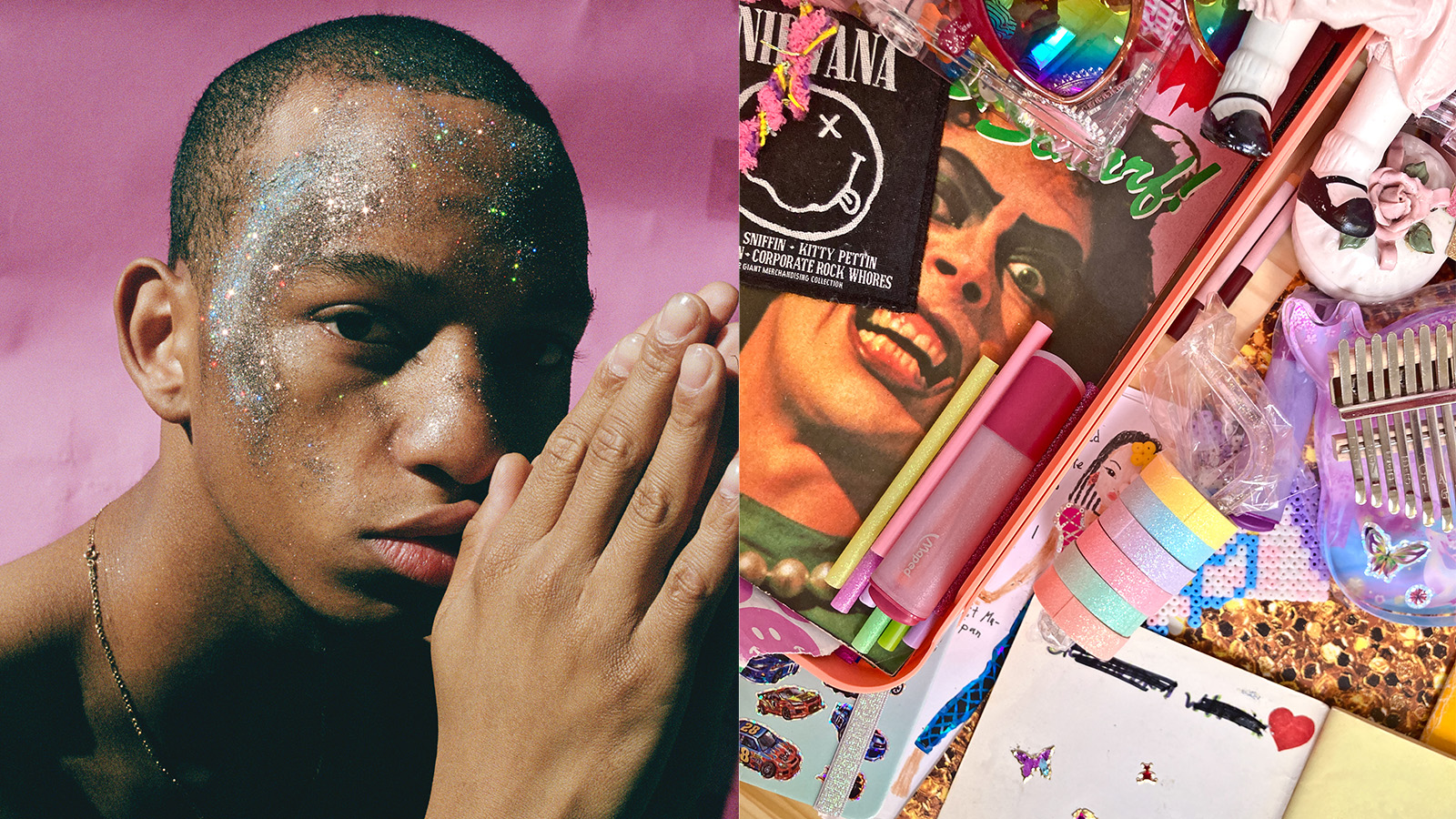 MK&G’s ‘Glitter’ exhibition: a brilliant world-first tribute to sparkle and spectacle
MK&G’s ‘Glitter’ exhibition: a brilliant world-first tribute to sparkle and spectacleMK&G’s latest exhibition is a vibrant flurry of sparkles and glitter with a rippling Y2K undercurrent, proving that 'Glitter is so much more than you think it is'